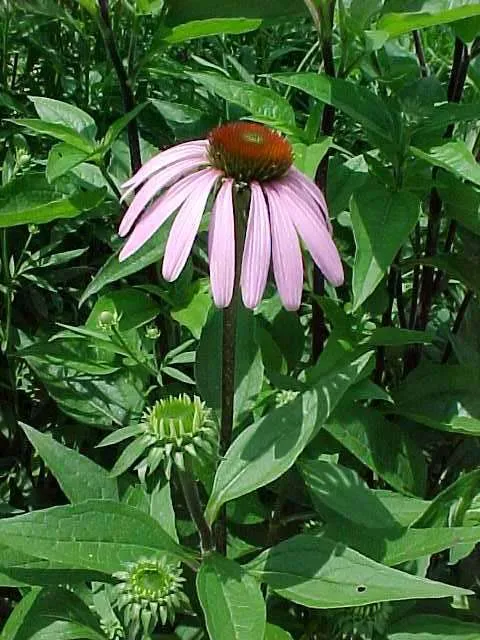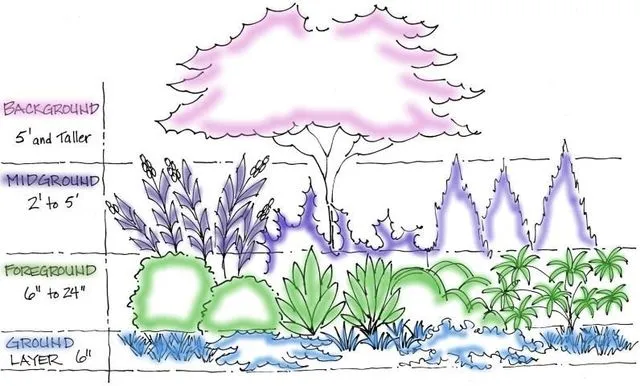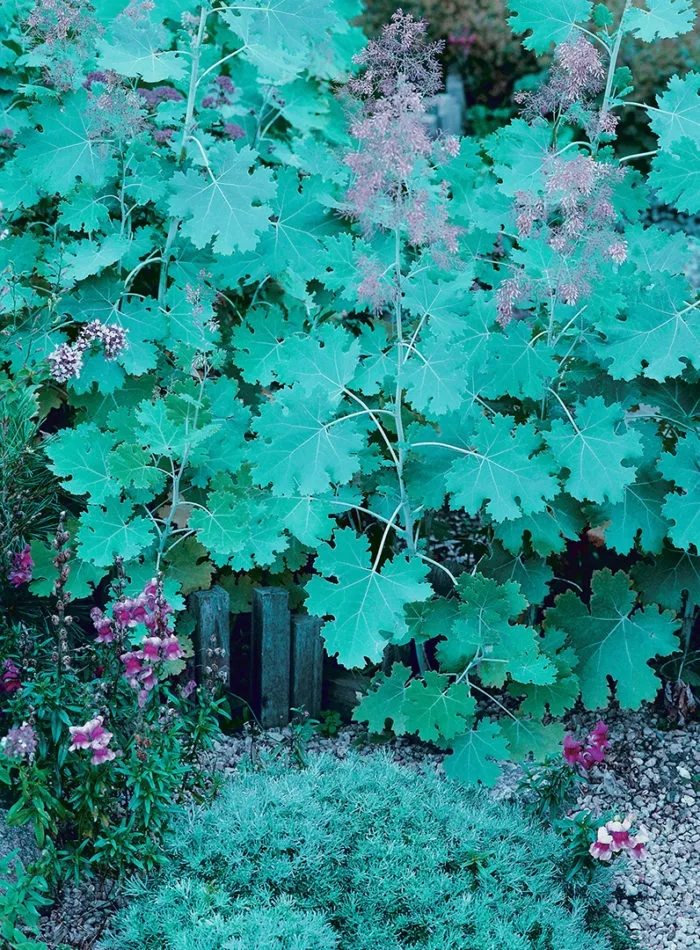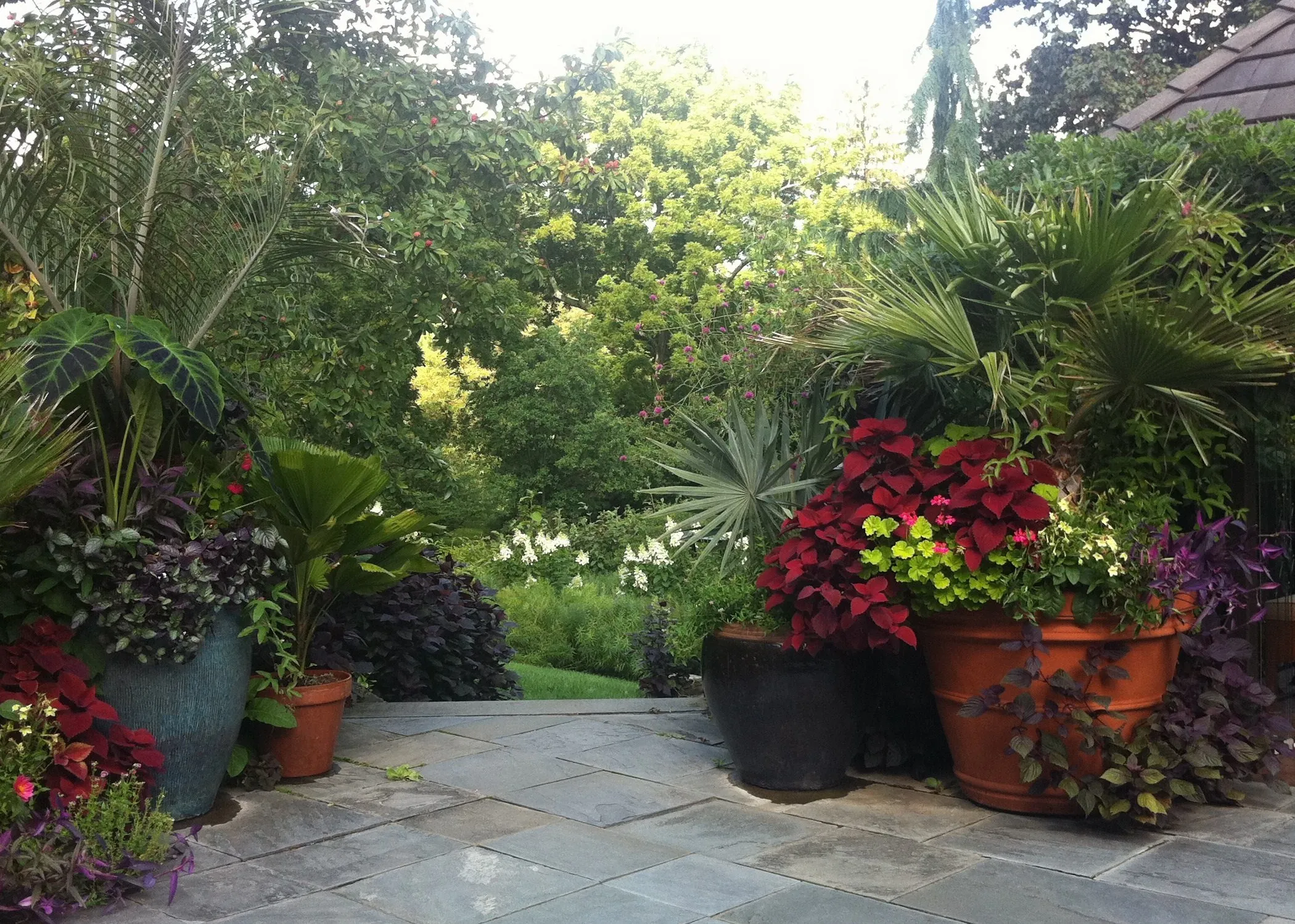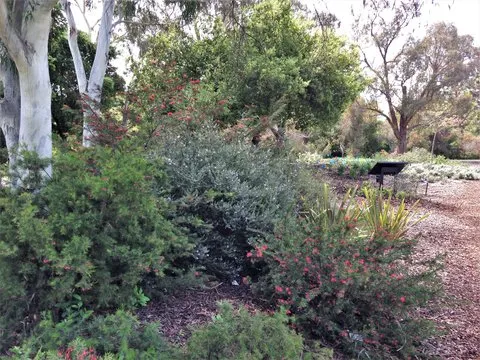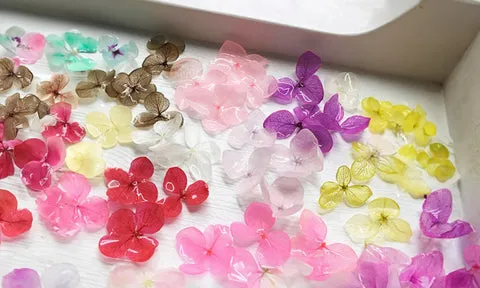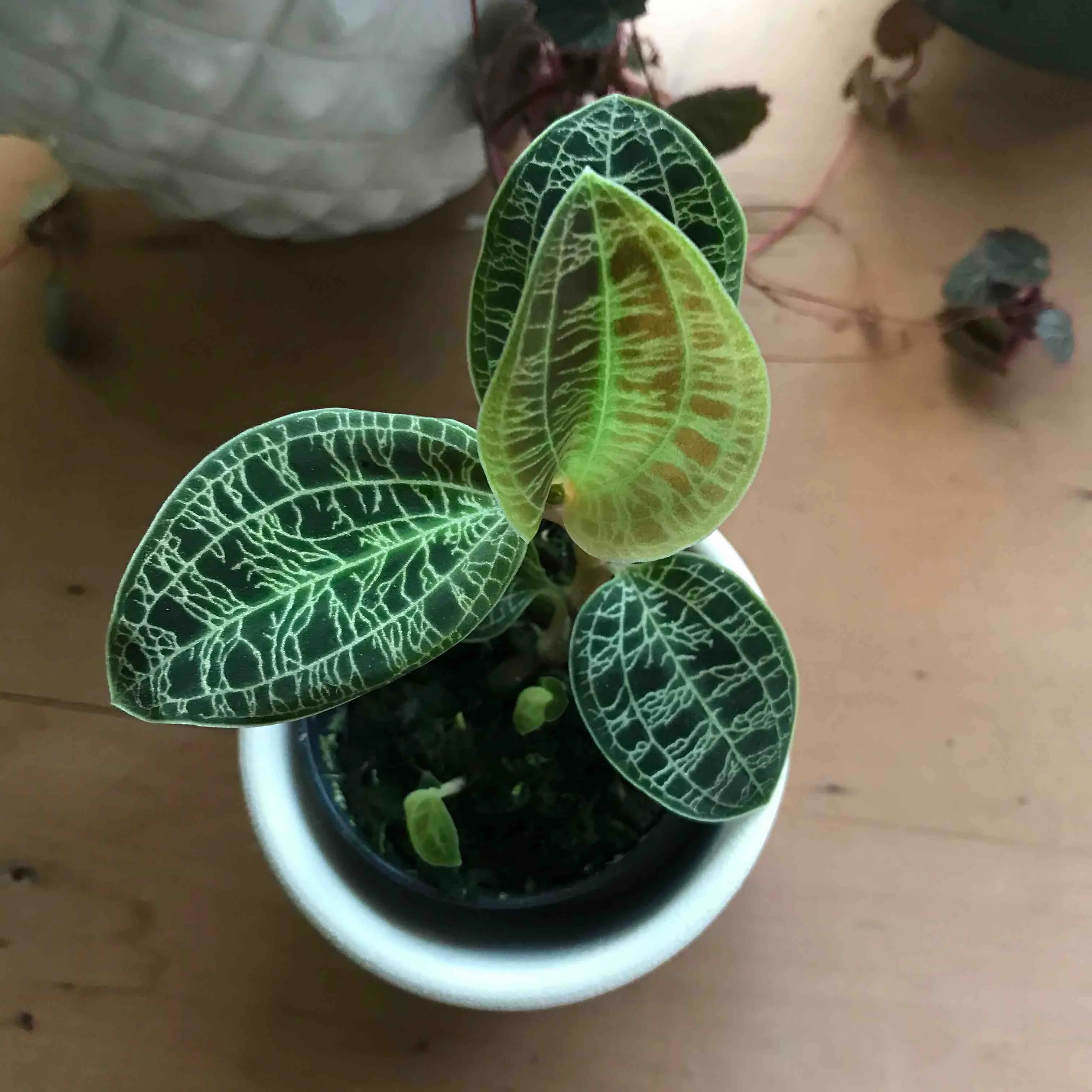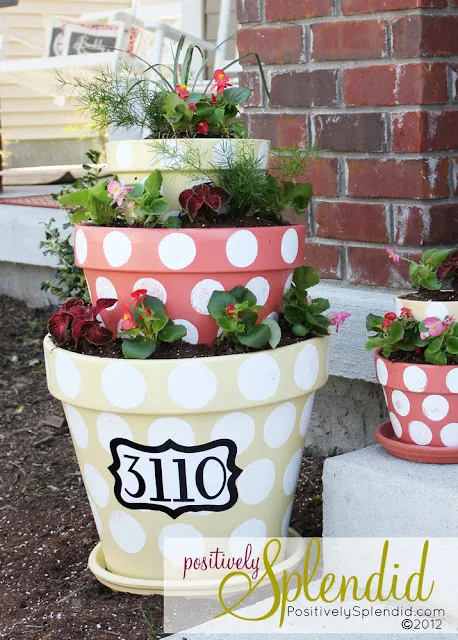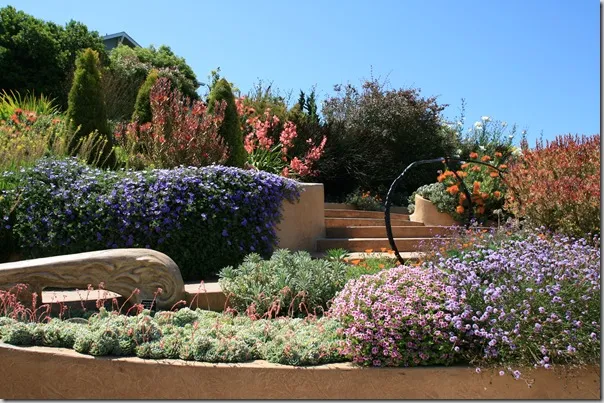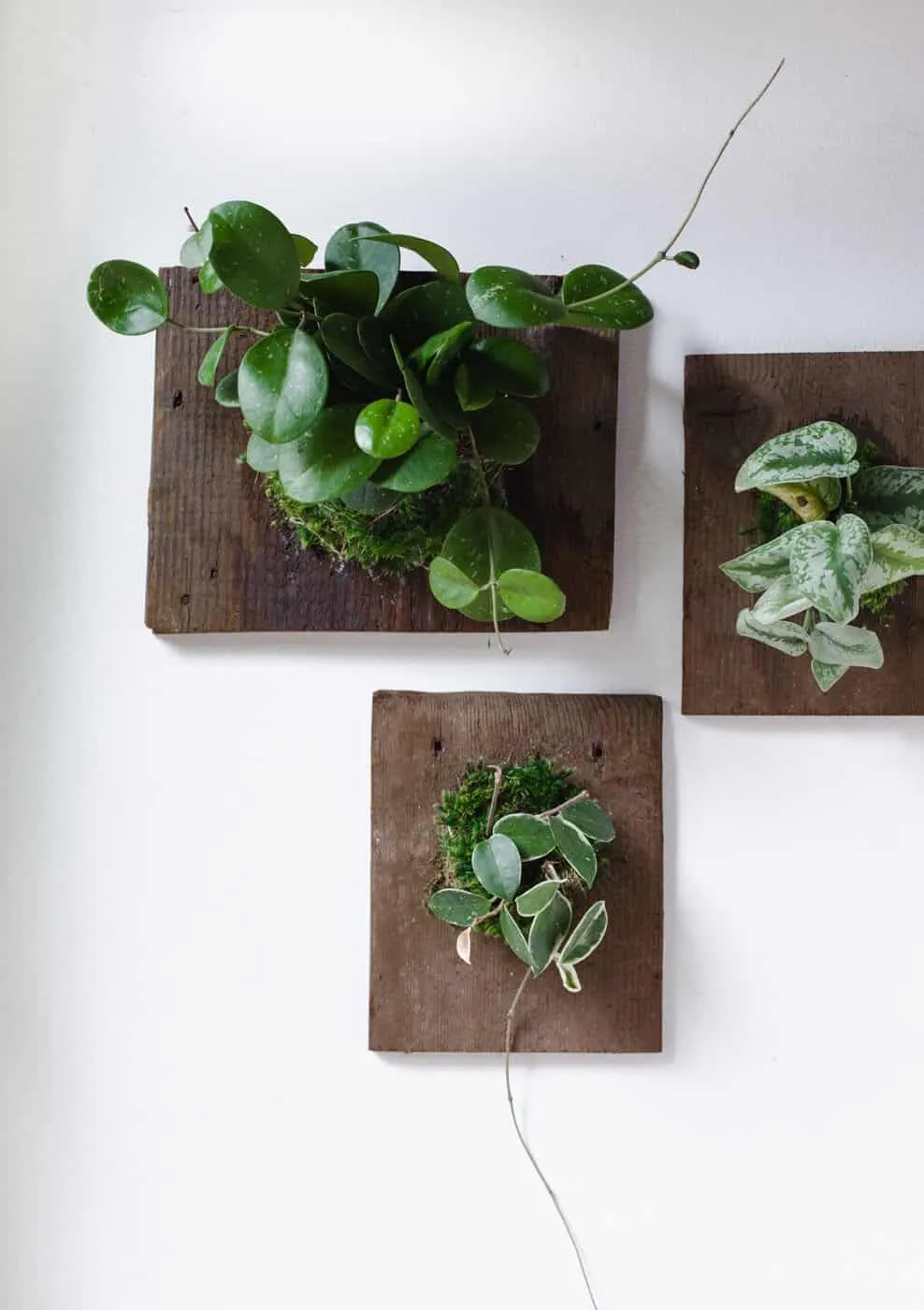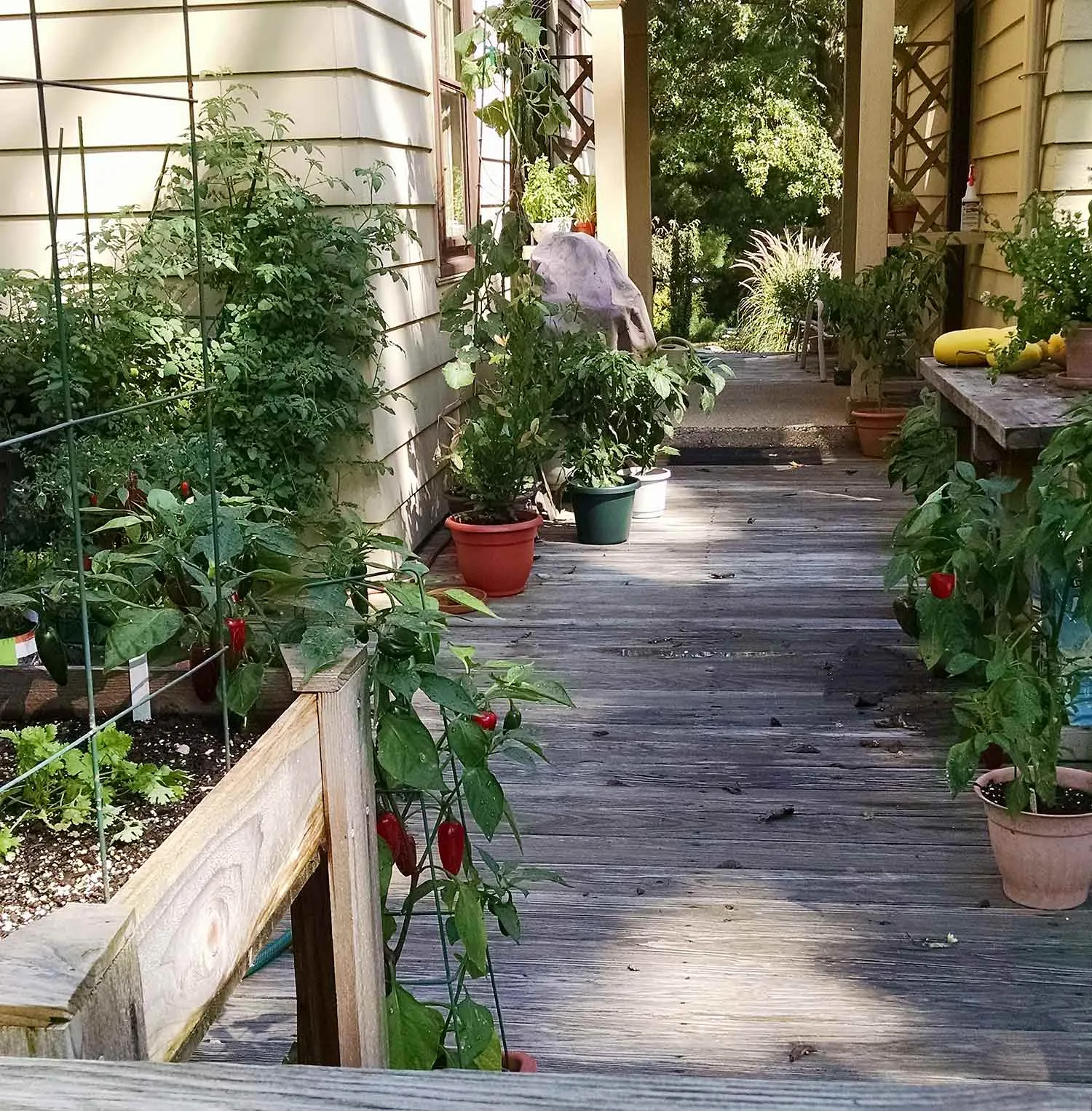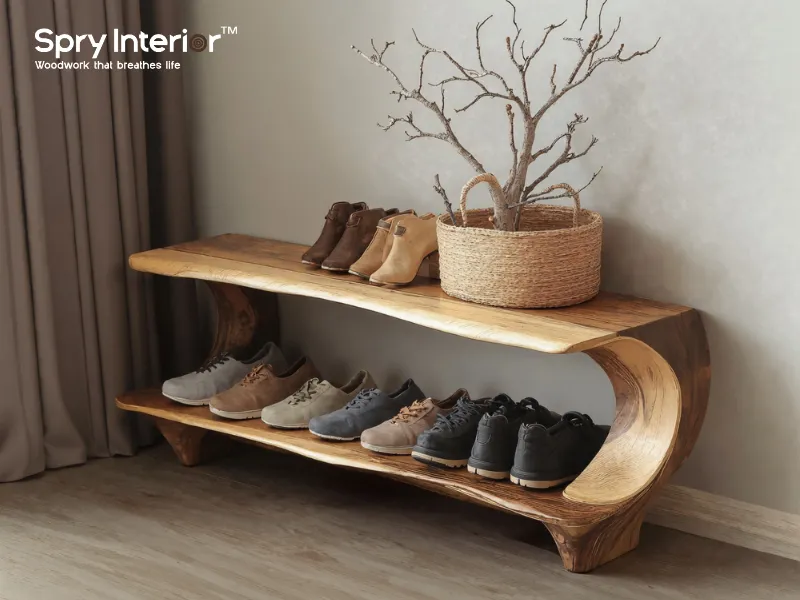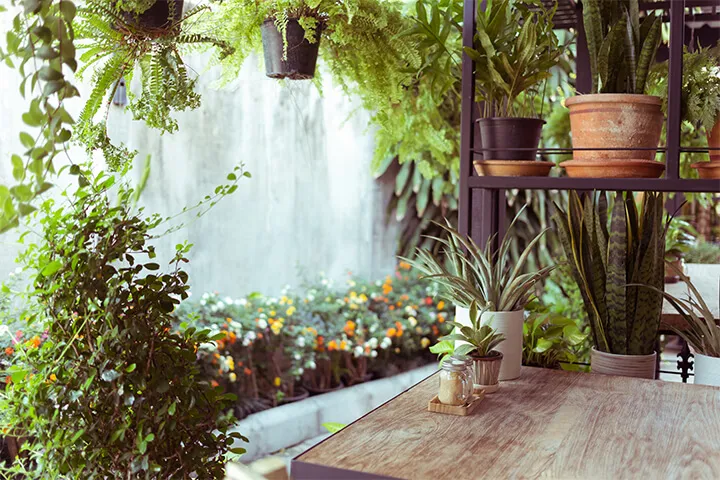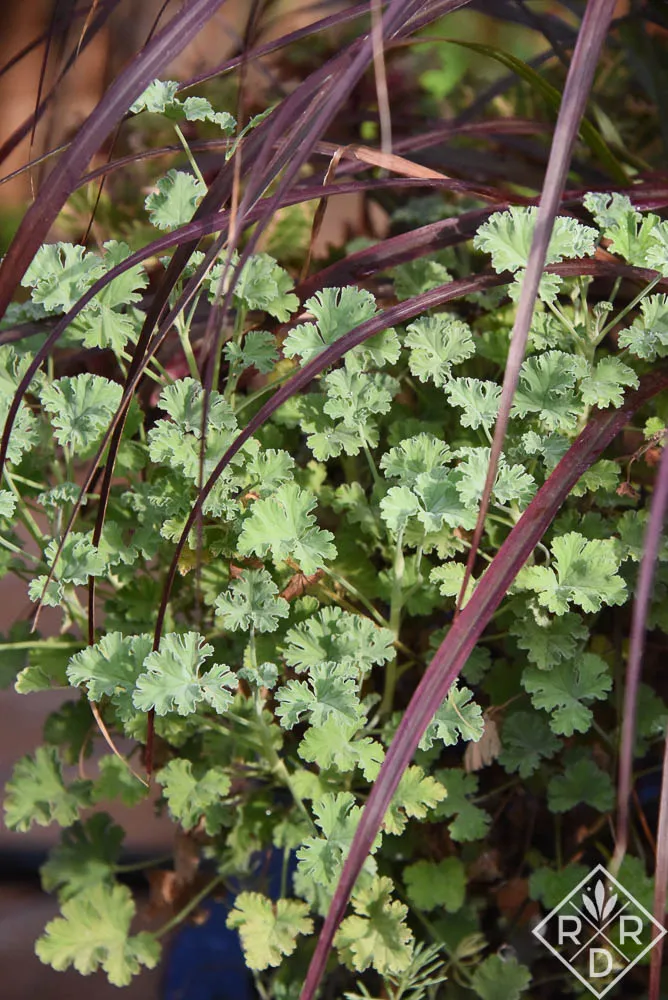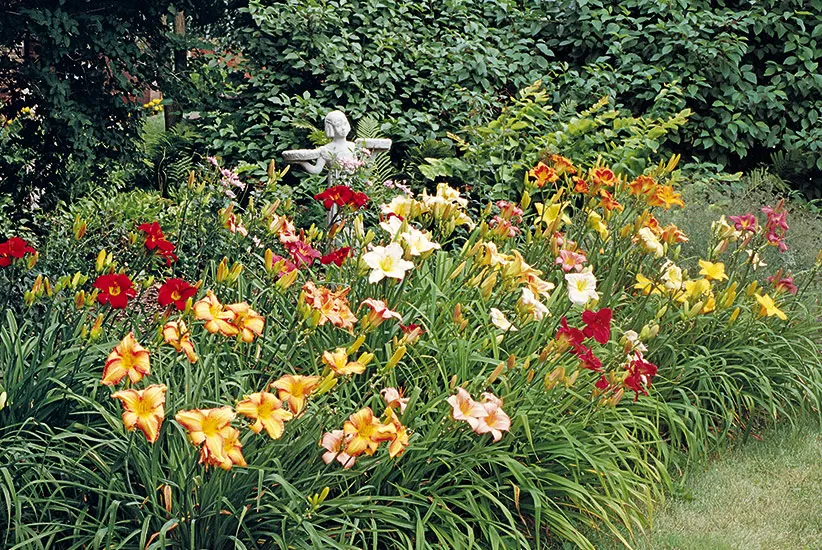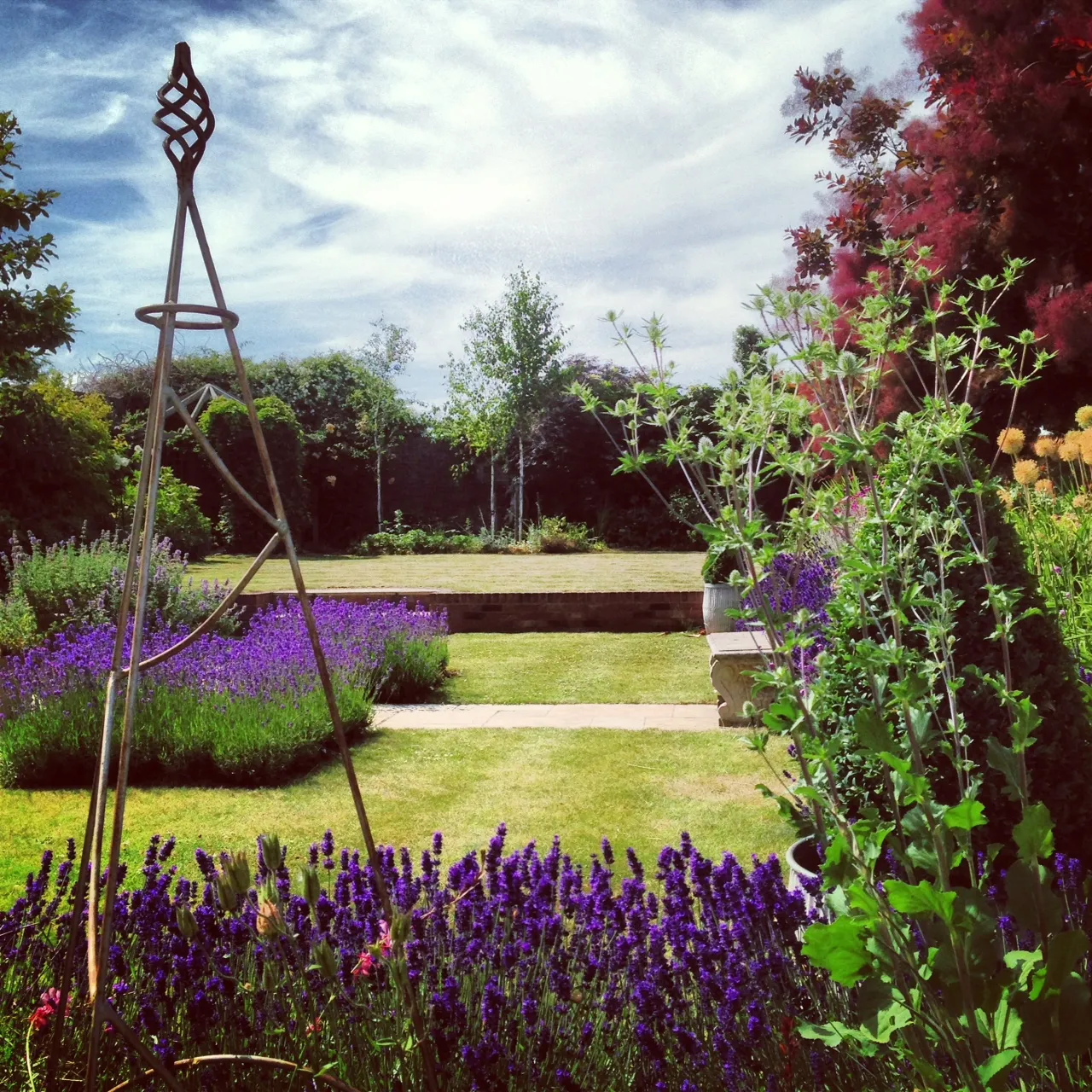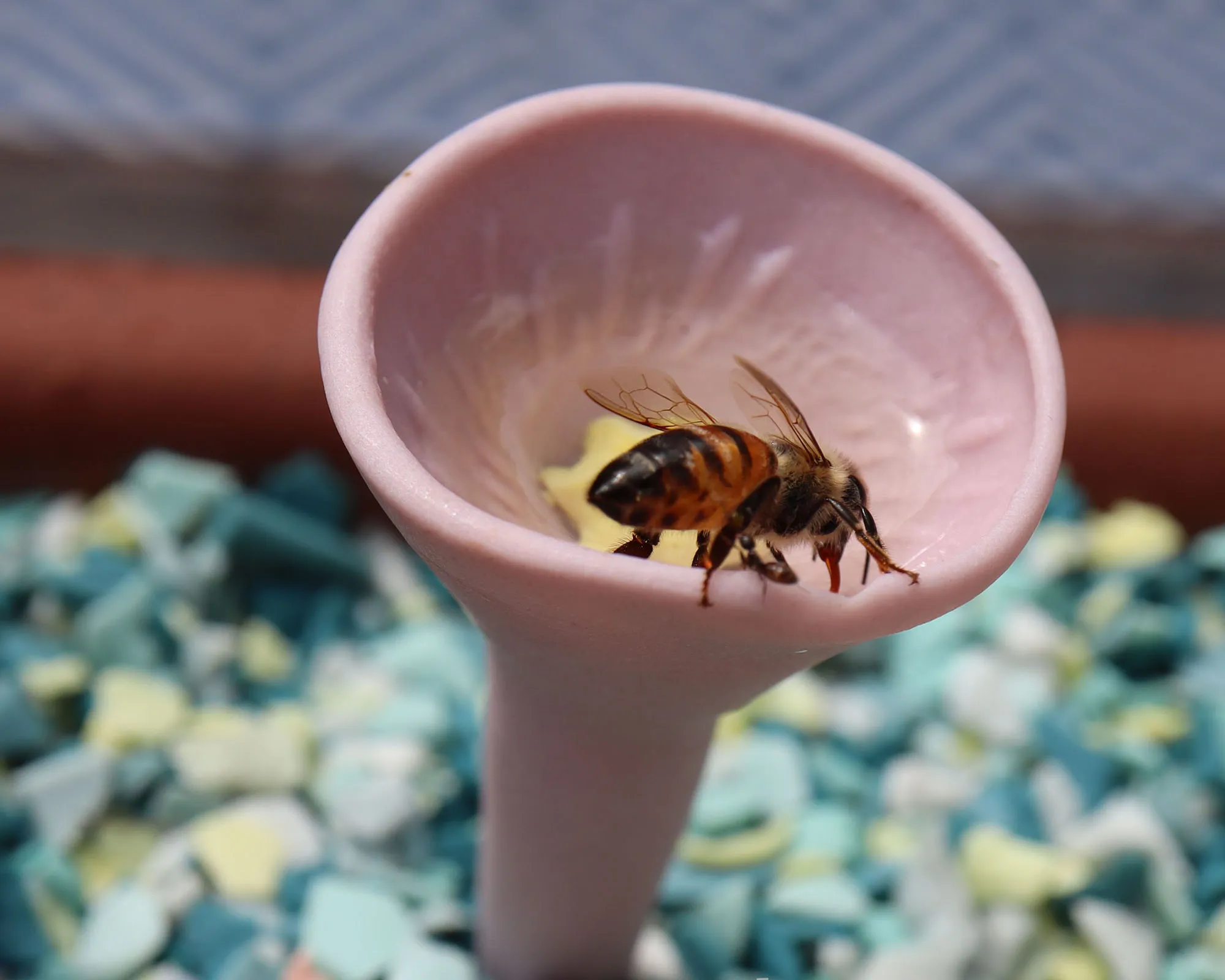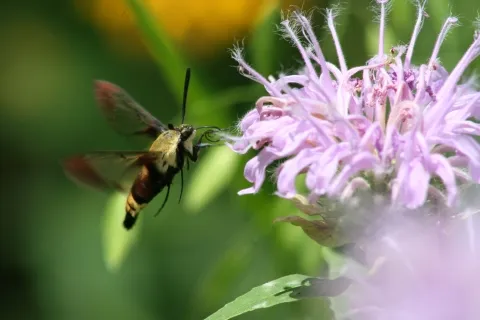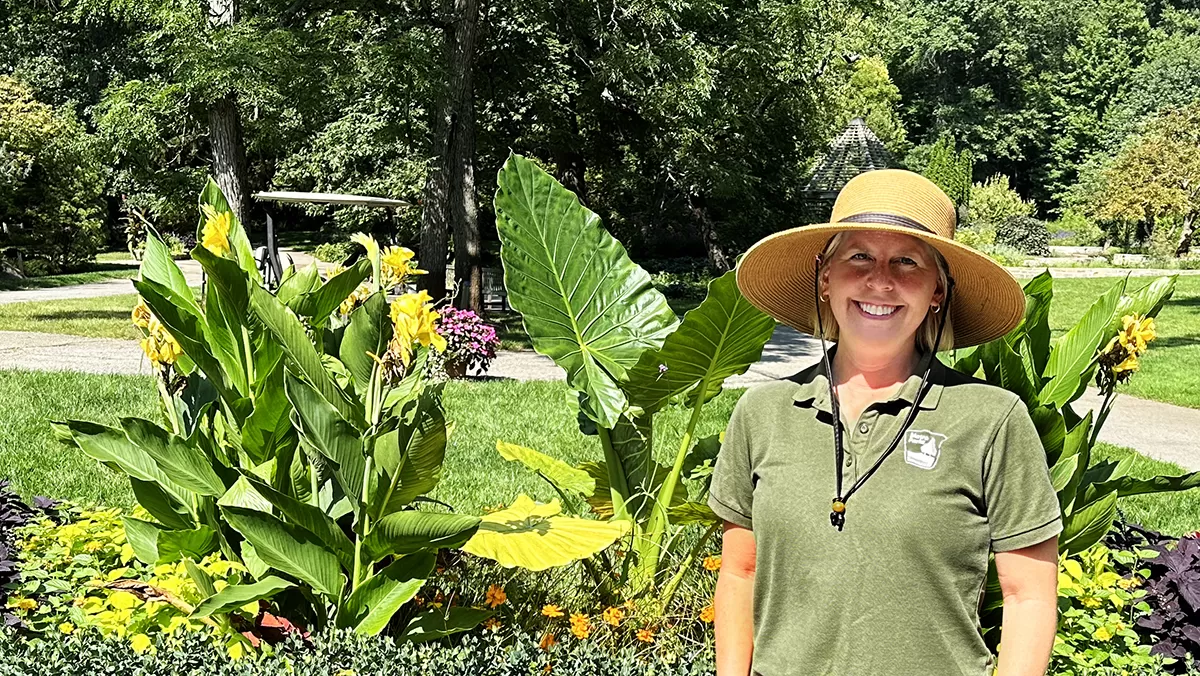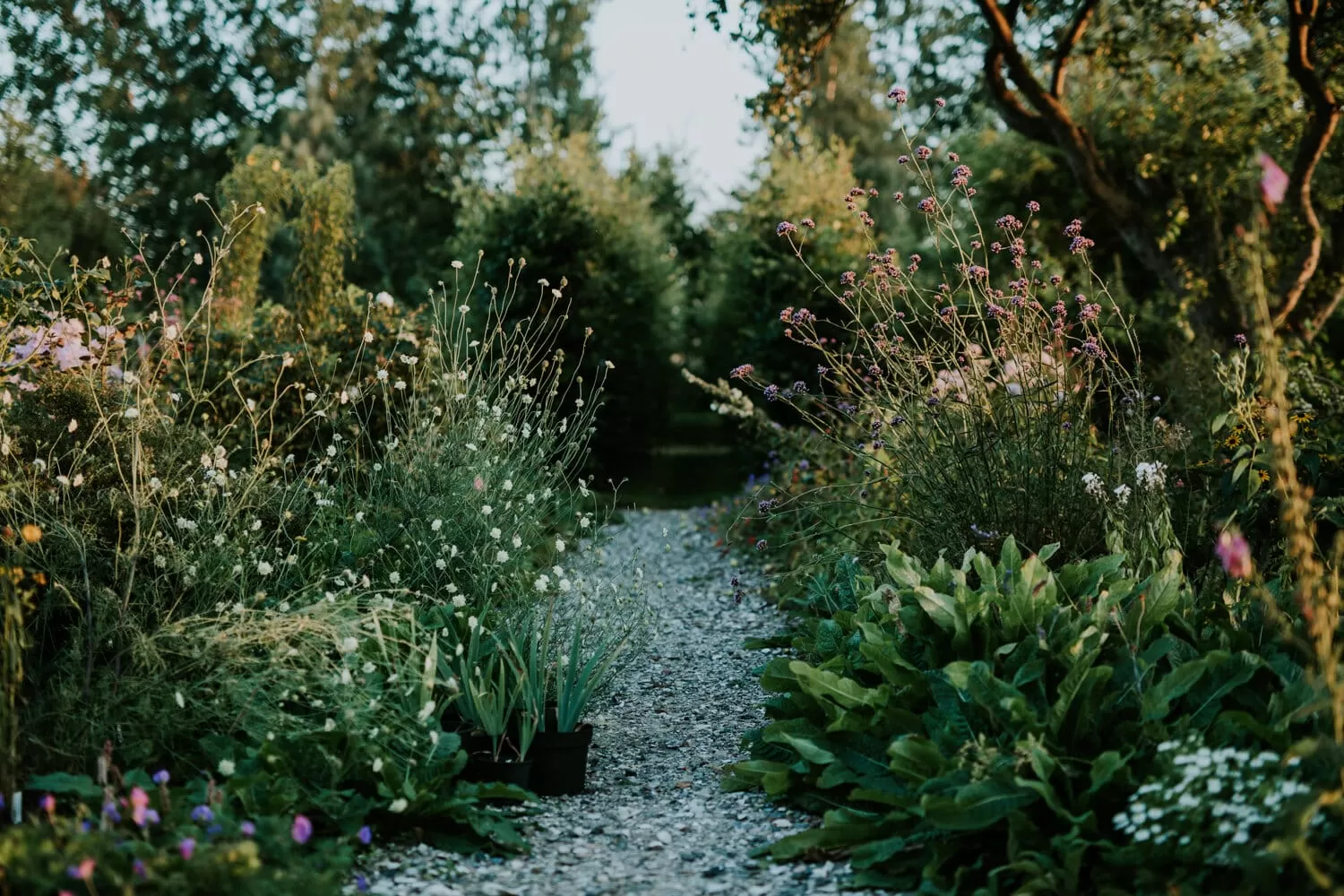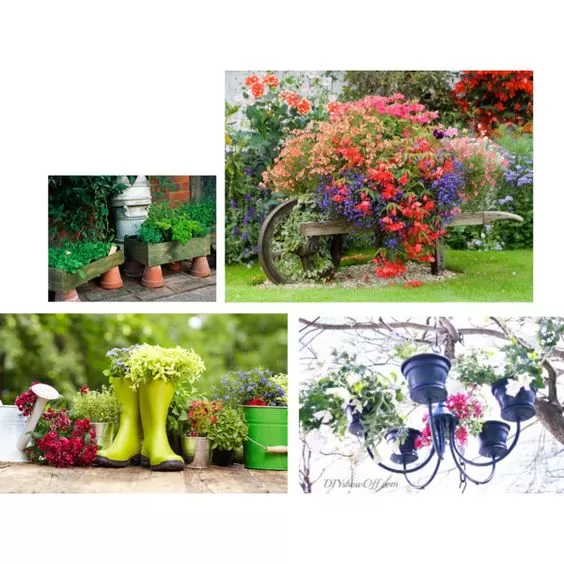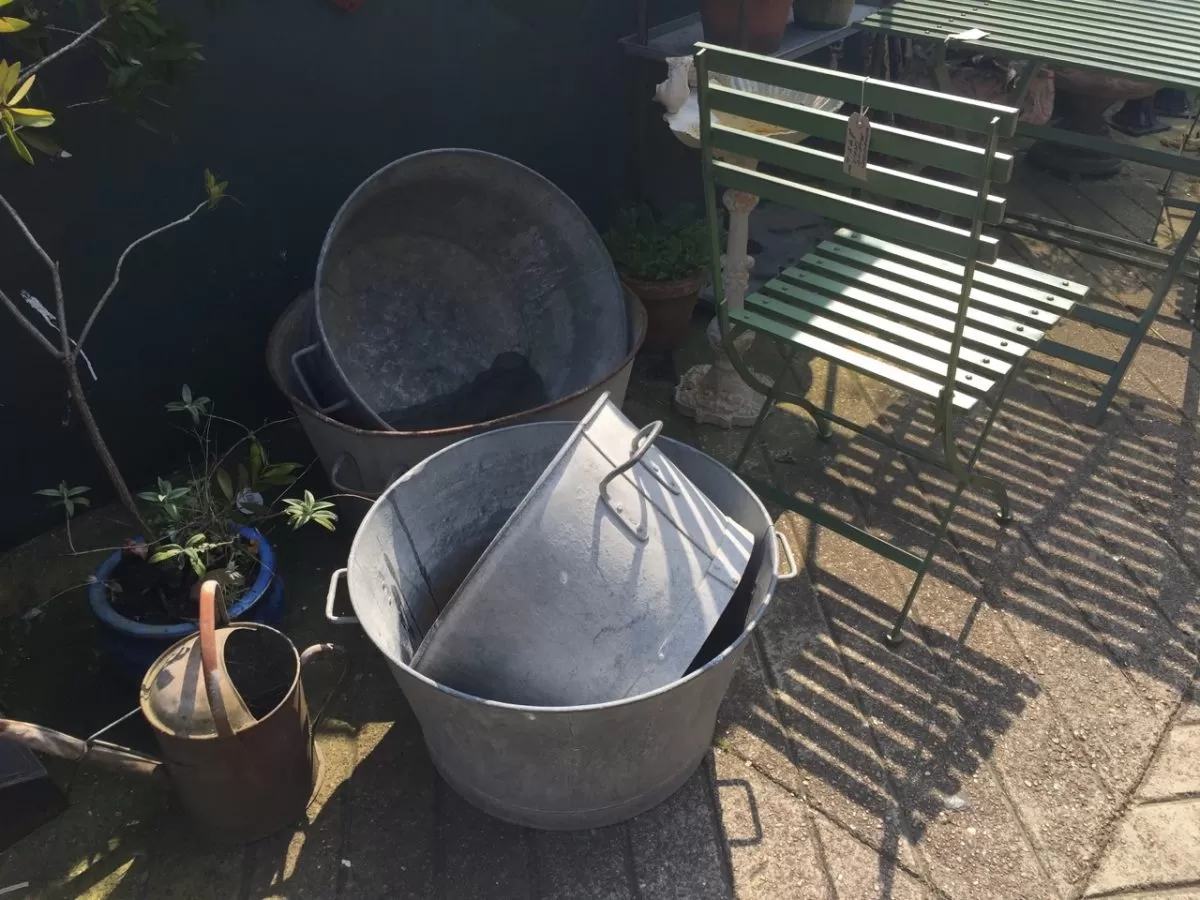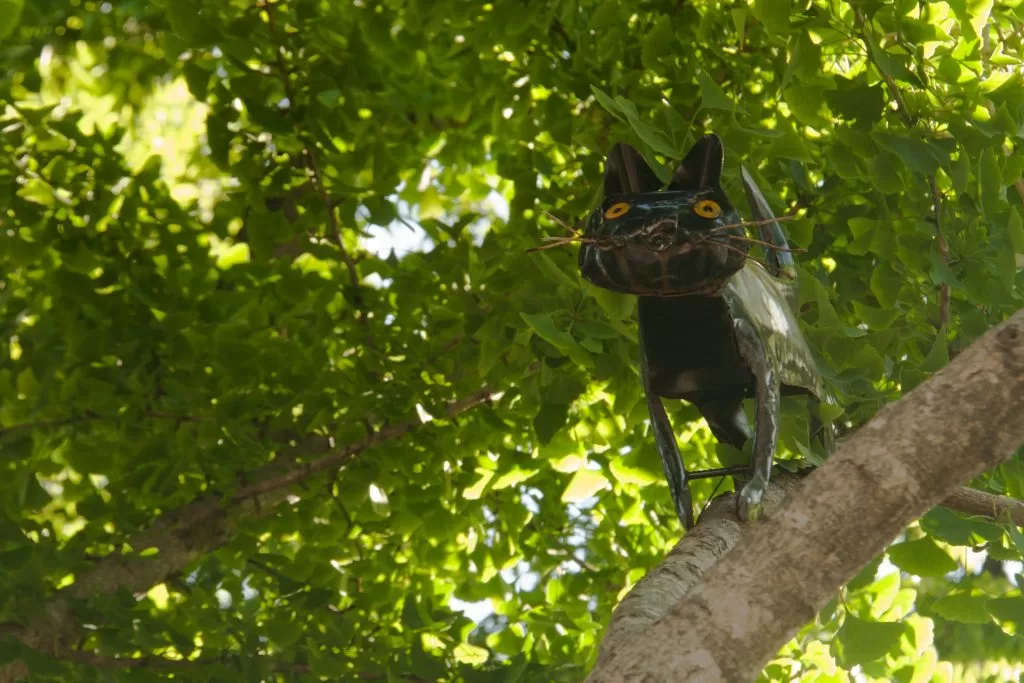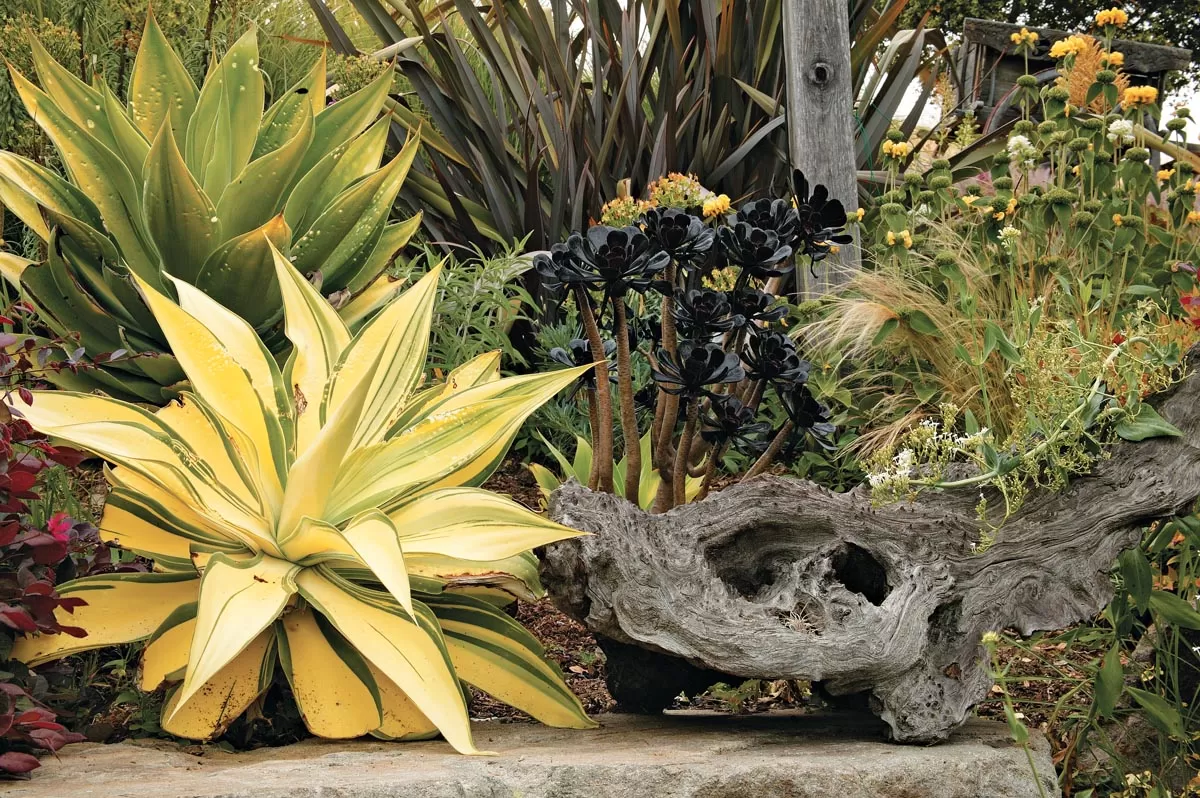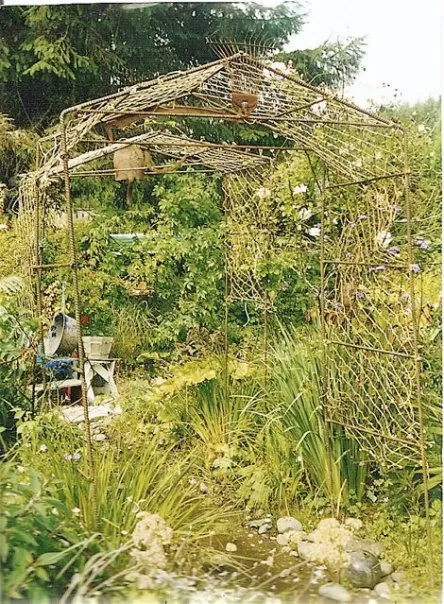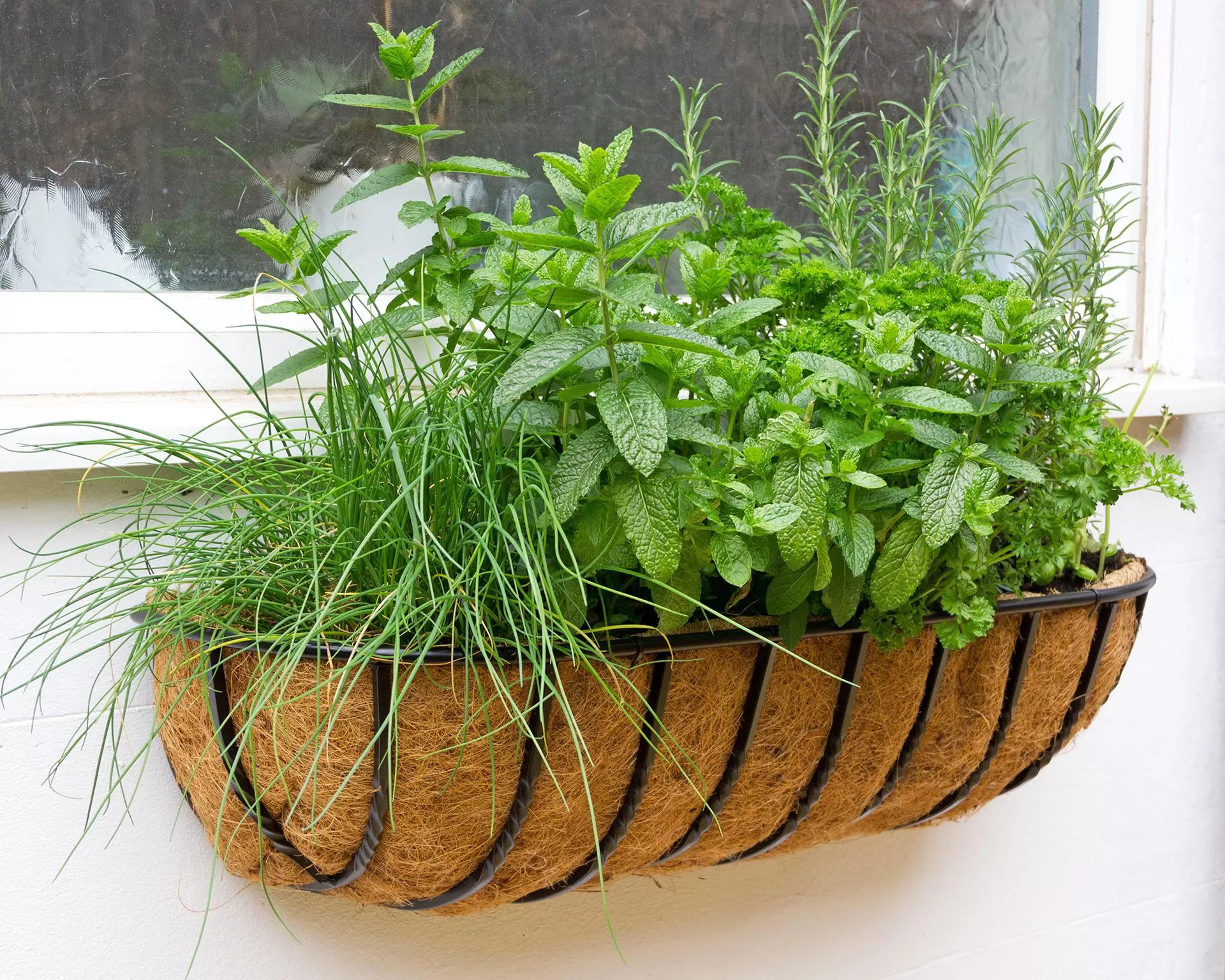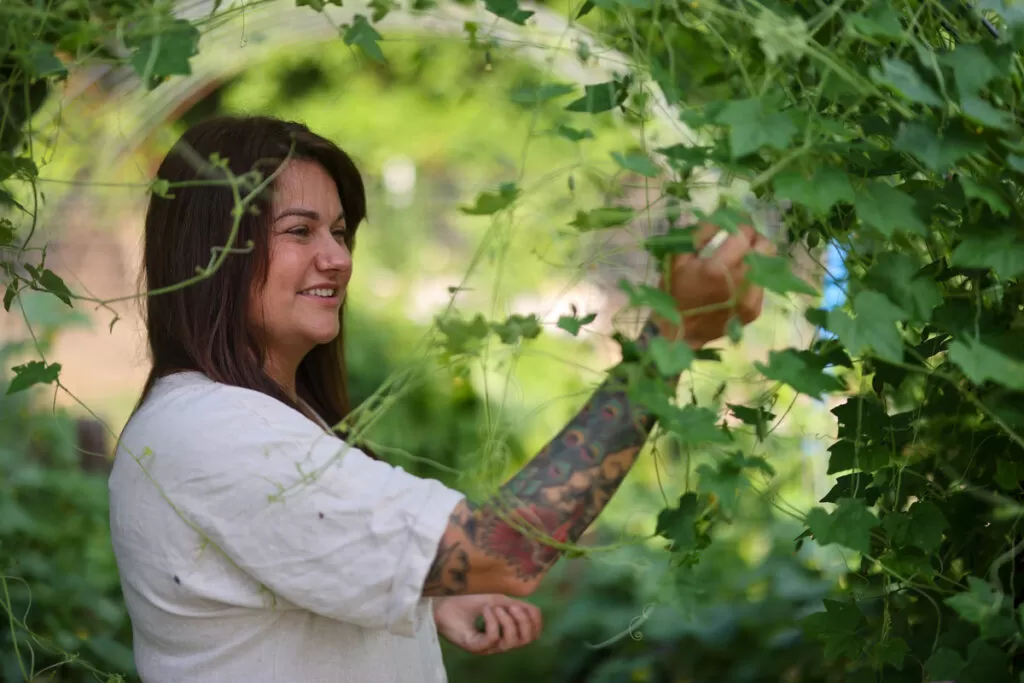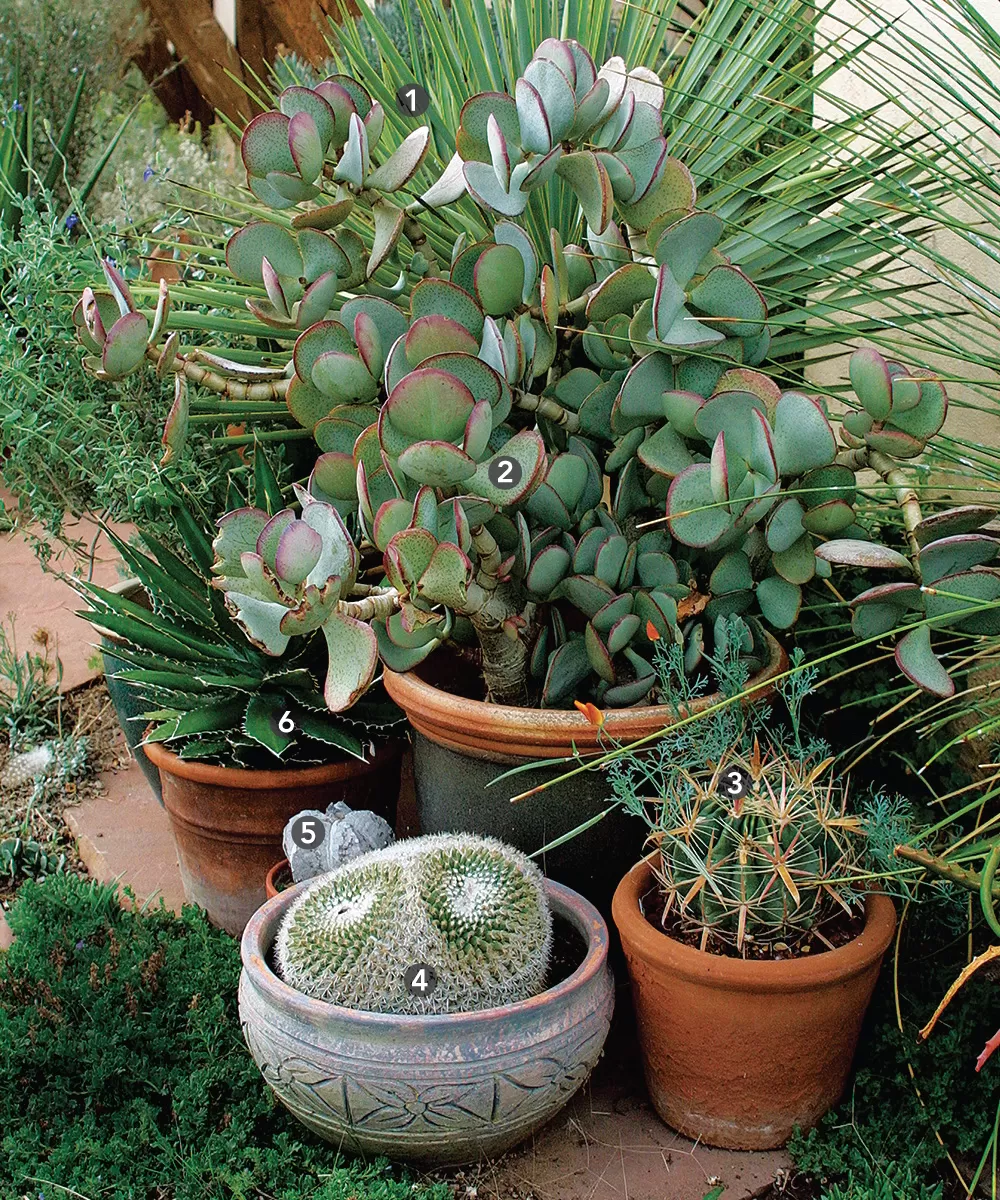Here are the key takeaways for creating dazzling container arrangements around your firepit:
- Master the simple “Thriller, Spiller, Filler” formula for balanced designs.
- Choose plants that thrive in your local conditions and complement your firepit’s style.
- Consider texture, form, and color beyond just blooms for dynamic displays.
- Container placement and backdrop are just as important as the plants themselves.
- Don’t be afraid to mix plant types, including edibles or drought-tolerant species.
Ever dreamt of cozy evenings by the firepit, surrounded by lush, vibrant greenery? Creating truly captivating outdoor spaces is all about layering elements, and nothing adds instant charm and life quite like well-designed container plantings. Forget complicated landscape plans; mastering the art of stunning firepit container combos is simpler than you think. It boils down to a classic design secret, a principle that ensures your pots are bursting with balanced beauty, perfect for setting the scene around your flickering flames.
Contents
The Secret Formula: Thriller, Spiller, and Filler
You might have your own way of choosing plants for pots – maybe a tall one, a trailing one, and something bushy to fill the gaps. It’s a natural approach! But there’s a widely recognized, easy-to-remember formula that professional designers swear by: Thriller, Spiller, and Filler. This trio ensures your container compositions have height, depth, and body, creating a miniature ecosystem in a pot that’s visually dynamic and pleasing.
- The Thriller: This is your star! The Thriller provides vertical interest and acts as the focal point of the arrangement. It could be a tall ornamental grass, a striking flowering plant, a small shrub, or even a dwarf tree. It draws the eye upwards and gives the pot its personality.
- The Spiller: As the name suggests, the Spiller trails gracefully over the sides of the container. It softens the hard edges of the pot, adds a sense of abundance, and links the planting visually to the ground or surface it sits on. Think trailing vines, creeping groundcovers, or cascading annuals.
- The Filler: The Filler plant’s job is to bridge the gap between the Thriller and the Spiller. These are often mounding or upright plants that fill the body of the pot, adding mass, texture, and color. They make the arrangement look full and complete.
When selecting plants for your firepit container combos, think beyond just flower color. Consider foliage texture – prickly succulents next to soft grasses – or contrasting forms – upright spiky leaves against delicate trailing vines. Movement, too, is key, especially around a firepit where light and shadow play. Plants that sway gently in the breeze add an extra layer of magic to the scene. The right container itself also makes a huge difference; choose pots that complement the style of your firepit area, whether modern metal, rustic terracotta, or classic glazed ceramic.
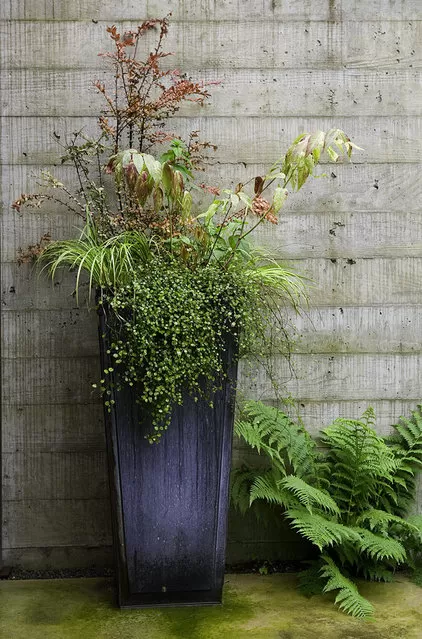 Modern container garden with airy grasses, mounding fillers, and cascading sedum
Modern container garden with airy grasses, mounding fillers, and cascading sedum
Placing these beautiful arrangements is equally important. Think of your container as a piece of art. Positioning it against a wall, fence, or even larger shrubs can create a backdrop that makes the plants pop, much like a painting on a gallery wall. The strong color of the pot in the image above really enhances the arrangement’s impact.
Inspiring Firepit Container Combos to Try
Ready to start designing? Here are some combinations, adapted from successful designs, that can bring life and beauty around your firepit lounge area. These examples showcase how different textures and forms work together using the thriller-spiller-filler principle.
 Contemporary container garden with succulent arrangement featuring varying textures and colors
Contemporary container garden with succulent arrangement featuring varying textures and colors
Note the striking contrast in foliage texture and color in this arrangement, a key element for visual interest.
For a similar look, consider these drought-tolerant options perfect for sunny spots near a firepit:
- Thriller: Cape Rush
- Spiller: Fish Hooks
- Filler: Blue Chalk Sticks
Plant Spotlights:
- Cape Rush
- Scientific Name: Chondropetalum elephantinum
- Common Name: Cape Rush
- Zone: 9-11
- Light: Full sun
- Humidity: Low to moderate
- Water: Low (drought tolerant once established)
- Fish Hooks
- Scientific Name: Senecio radicans (‘Fish Hooks’ is a common cultivar name)
- Common Name: String of Fish Hooks, Fish Hooks Senecio
- Zone: 10-11
- Light: Bright indirect light to partial sun
- Humidity: Low to moderate
- Water: Low (allow soil to dry out)
- Blue Chalk Sticks
- Scientific Name: Senecio mandraliscae (often listed under Curio talinoides subsp. mandraliscae)
- Common Name: Blue Chalk Sticks
- Zone: 10-11
- Light: Full sun to partial shade
- Humidity: Low
- Water: Low (drought tolerant)
Here’s another combination featuring plants with airy movement, providing a softer feel suitable for many firepit settings:
 Low-water container planting featuring feathery grasses and succulents
Low-water container planting featuring feathery grasses and succulents
These low-water-use plants offer lots of gentle movement in the breeze.
Try this grouping for a similar effect:
- Thriller: Fairy Tails Feathergrass
- Spiller: Marnier’s Kalanchoe
- Filler: April Gruen Sheep’s Fescue
Plant Spotlights:
- Fairy Tails Feathergrass
- Scientific Name: Pennisetum ‘Fairy Tails’ (often listed as Pennisetum messiacum ‘Fairy Tails’)
- Common Name: Fairy Tails Feathergrass
- Zone: 8-10 (can be grown as an annual elsewhere)
- Light: Full sun
- Humidity: Moderate
- Water: Moderate (drought tolerant once established)
- Marnier’s Kalanchoe
- Scientific Name: Kalanchoe marnieriana
- Common Name: Marnier’s Kalanchoe
- Zone: 10-11
- Light: Bright indirect light to partial shade
- Humidity: Low
- Water: Low (allow soil to dry out)
- April Gruen Sheep’s Fescue
- Scientific Name: Festuca amethystina ‘Aprilgrun’
- Common Name: April Gruen Sheep’s Fescue, Blue Fescue ‘Aprilgrun’
- Zone: 4-8
- Light: Full sun
- Humidity: Low to moderate
- Water: Low to moderate (drought tolerant)
Extending the Concept: Groupings and Edibles
The thriller-spiller-filler formula isn’t just for single pots. You can expand this idea to a group of containers working together to create a larger, unified composition around your firepit area. Different heights and sizes of pots, each following the formula, can create a layered, dynamic display.
 Grouping of modern containers featuring upright flax and cascading succulents
Grouping of modern containers featuring upright flax and cascading succulents
This grouping of pots filled with Phormium and succulents demonstrates how multiple containers can form a cohesive arrangement following the same design principles.
Don’t feel limited to purely ornamental plants! Including edibles in your firepit container combos can add a unique, sensory dimension. Imagine plucking fresh herbs right from a pot next to where you’re relaxing!
 Container with edible planting featuring dwarf citrus, trailing calibrachoa, and thyme
Container with edible planting featuring dwarf citrus, trailing calibrachoa, and thyme
Here’s a delicious and beautiful edible combo:
- Thriller: Semi-dwarf tangerine
- Spiller: Million Bells
- Filler: Thyme
Plant Spotlights:
- Semi-dwarf Tangerine
- Scientific Name: Citrus reticulata varieties (e.g., ‘Owari Satsuma’, ‘Clementine’)
- Common Name: Semi-dwarf Tangerine
- Zone: 9-11 (requires protection in colder zones)
- Light: Full sun
- Humidity: Moderate to high
- Water: Moderate (keep soil evenly moist, not waterlogged)
- Million Bells
- Scientific Name: Calibrachoa varieties
- Common Name: Million Bells
- Zone: 9-11 (often grown as an annual in colder zones)
- Light: Full sun
- Humidity: Moderate
- Water: Moderate (keep soil consistently moist)
- Thyme
- Scientific Name: Thymus varieties (e.g., Thymus vulgaris, Thymus serpyllum)
- Common Name: Thyme
- Zone: 5-9 (depends on variety)
- Light: Full sun
- Humidity: Low to moderate
- Water: Low (drought tolerant)
Some combos might require a bit more attention to keep them looking their best, especially when mixing vigorous growers.
 Large container planting using multiple thrillers, spillers, and fillers for a full look
Large container planting using multiple thrillers, spillers, and fillers for a full look
This impressive pot uses multiple plants in each category to create a lush, well-balanced whole.
To achieve this look, consider this mix:
- Thrillers: Evergreen Miscanthus and Coastal Woolybush
- Spillers: Sweet Potato Vine and Bacopa
- Fillers: Sand Hill Sage and Wand Flower
This particular combination will need regular tending: pruning and tip pinching to keep larger plants in line, and potentially managing the vigorous Sweet Potato Vine ‘potatoes’ periodically to prevent overcrowding.
Plant Spotlights:
- Evergreen Miscanthus
- Scientific Name: Miscanthus transmorrisonensis
- Common Name: Evergreen Miscanthus, Formosa Miscanthus
- Zone: 7-10
- Light: Full sun
- Humidity: Moderate
- Water: Moderate
- Coastal Woolybush
- Scientific Name: Adenanthos sericeus
- Common Name: Coastal Woolybush, Woollybush
- Zone: 9-11
- Light: Full sun
- Humidity: Low
- Water: Low (drought tolerant)
- Sweet Potato Vine
- Scientific Name: Ipomoea batatas (various cultivars like ‘Marguerite’, ‘Blackie’)
- Common Name: Sweet Potato Vine
- Zone: 9-11 (often grown as an annual in colder zones)
- Light: Full sun to partial shade (foliage color is best in full sun)
- Humidity: Moderate
- Water: Moderate to high (prefers consistently moist soil)
- Bacopa
- Scientific Name: Sutera cordata (often listed under Chaenostoma cordatum)
- Common Name: Bacopa
- Zone: 9-11 (often grown as an annual in colder zones)
- Light: Full sun to partial shade
- Humidity: Moderate
- Water: Moderate (prefers consistently moist soil)
- Sand Hill Sage
- Scientific Name: Artemisia pycnocephala ‘David’s Choice’
- Common Name: Sand Hill Sage ‘David’s Choice’
- Zone: 8-10
- Light: Full sun
- Humidity: Low
- Water: Low (drought tolerant)
- Wand Flower
- Scientific Name: Gaura lindheimeri (often listed under Oenothera lindheimeri)
- Common Name: Wand Flower, Bee Blossom
- Zone: 5-9
- Light: Full sun
- Humidity: Low to moderate
- Water: Low to moderate (drought tolerant once established)
The thriller-spiller-filler principle can even be applied to a massive scale, integrating into surrounding garden beds or larger landscape features near your firepit.
 Expansive landscape design incorporating large-scale thriller, spiller, and filler elements
Expansive landscape design incorporating large-scale thriller, spiller, and filler elements
This illustrates the thriller-spiller-filler concept used on a grand scale, creating layers of height, texture, and form in a landscape.
While this image shows the concept applied to beds, you could emulate the feel with very large containers or integrating container groups with surrounding plantings near a firepit structure.
Let’s explore more styles. Tropical-inspired plantings in matched pots can make a bold statement and add an exotic feel to your firepit area.
 Matched containers with tropical-style plants including Canna, Sweet Potato Vine, and Coleus
Matched containers with tropical-style plants including Canna, Sweet Potato Vine, and Coleus
These matched pots with vibrant tropical plantings are strong enough to draw the eye and enhance the overall outdoor living space, making them perfect companions for a firepit.
Try this vibrant tropical-flavor combo:
- Thriller: Canna varieties
- Spiller: Sweet Potato Vine
- Filler: Assorted Coleus
Plant Spotlights:
- Canna varieties
- Scientific Name: Canna x generalis (many cultivars)
- Common Name: Canna Lily
- Zone: 7-10 (often grown as an annual or lifted in colder zones)
- Light: Full sun
- Humidity: High
- Water: High (prefers consistently moist to wet soil)
- Sweet Potato Vine
- See details above
- Assorted Coleus
- Scientific Name: Plectranthus scutellarioides (formerly Solenostemon scutellarioides or Coleus blumei)
- Common Name: Coleus
- Zone: 10-11 (often grown as an annual in colder zones)
- Light: Varies by cultivar (full sun to deep shade)
- Humidity: Moderate to high
- Water: Moderate (prefers consistently moist soil)
Even specific design aesthetics like Asian-inspired gardens can utilize the thriller-spiller-filler framework for container plantings.
 Asian-inspired container planting with cedar, ground ivy, and fescue
Asian-inspired container planting with cedar, ground ivy, and fescue
This distinctly Asian-flavor planting demonstrates that the formula is versatile and works across any design style you envision for your firepit surroundings.
Try this calming, textured combination:
- Thriller: Deodar Cedar
- Spiller: Variegated Ground Ivy
- Filler: Siskiyou Blue Fescue
Plant Spotlights:
- Deodar Cedar
- Scientific Name: Cedrus deodara
- Common Name: Deodar Cedar
- Zone: 7-9
- Light: Full sun
- Humidity: Low to moderate
- Water: Moderate (drought tolerant once established)
- Variegated Ground Ivy
- Scientific Name: Glechoma hederacea ‘Variegata’
- Common Name: Variegated Ground Ivy, Creeping Charlie ‘Variegata’
- Zone: 4-9 (can be invasive in some areas)
- Light: Partial sun to full shade
- Humidity: Moderate to high
- Water: Moderate (prefers consistently moist soil)
- Siskiyou Blue Fescue
- Scientific Name: Festuca ‘Siskiyou Blue’
- Common Name: Siskiyou Blue Fescue
- Zone: 4-8
- Light: Full sun to partial shade
- Humidity: Low
- Water: Low (drought tolerant)
Focusing on texture, form, and contrasting foliage color can elevate even simple plant choices into a sophisticated composition perfect for enhancing a firepit ambiance.
 Container arrangement focusing on texture and color contrast with fescue and dichondra
Container arrangement focusing on texture and color contrast with fescue and dichondra
Texture, form, and contrasting foliage color enhance this composition, proving that variety in leaf shape and color adds depth to a container planting.
Try this texture-rich combination:
- Thriller: Small Cape Rush
- Spiller: Silver Hills Dichondra
- Fillers: Blue fescue and New Zealand Flax
Plant Spotlights:
- Small Cape Rush
- Scientific Name: Chondropetalum tectorum
- Common Name: Small Cape Rush, Thatching Reed
- Zone: 9-11
- Light: Full sun
- Humidity: Low to moderate
- Water: Low (drought tolerant once established)
- Silver Falls Dichondra
- Scientific Name: Dichondra argentea ‘Silver Falls’
- Common Name: Silver Falls Dichondra
- Zone: 8-11 (often grown as an annual in colder zones)
- Light: Full sun to partial shade
- Humidity: Low to moderate
- Water: Low to moderate (drought tolerant)
- Blue fescue
- Scientific Name: Festuca glauca (many cultivars)
- Common Name: Blue fescue
- Zone: 4-8
- Light: Full sun
- Humidity: Low
- Water: Low (drought tolerant)
- New Zealand Flax
- Scientific Name: Phormium tenax (many cultivars, e.g., ‘Jack Spratt’ for smaller size)
- Common Name: New Zealand Flax
- Zone: 8-11
- Light: Full sun to partial shade
- Humidity: Moderate
- Water: Moderate (drought tolerant once established)
Conclusion
Creating stunning firepit container combos is a fantastic way to add beauty, life, and a touch of your personal style to your outdoor living area. By following the simple thriller, spiller, and filler formula, you can design balanced, eye-catching arrangements that enhance the cozy ambiance of your firepit nights. Experiment with different plants, textures, and colors, and don’t be afraid to try out the examples we’ve shared.
What are your favorite container plant combinations? Share your ideas in the comments below! And be sure to explore more gardening inspiration right here on Thelittle.garden to make your outdoor space truly shine.


